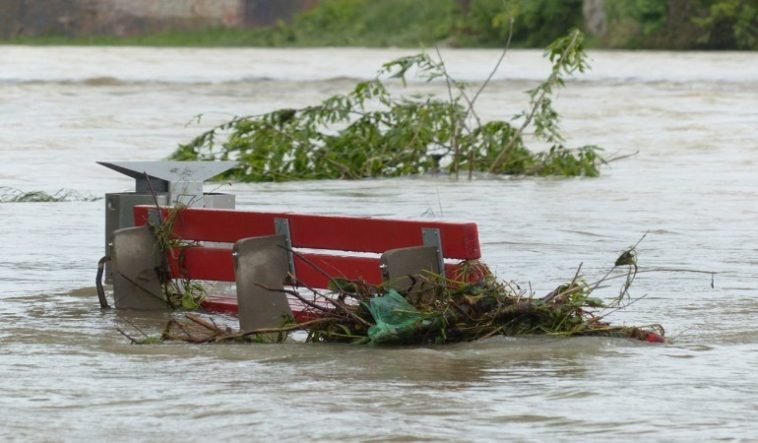Researchers, analysts, decision-makers, and the general public have all worked to understand the reasons behind the exceptional flood in the wake of the calamity. Others have tried to draw attention to Pakistan’s deficient disaster risk reduction (DRR) and disaster management system, while others have blamed the country’s poor state of governance.
All of these elements have contributed to the creation of the catastrophe. Numerous solutions are also being considered to control upcoming disasters now that the causative factors have been recognised. The best options being suggested are climate change adaptation and mitigation, efficient governance, and proactive disaster management.
However, Pakistan is ignoring a crucial issue when it comes to modernising DRR and catastrophe management. Education for disaster management among current and future generations is not a topic of discussion. A crucial element of the contemporary DRR system is the education, awareness, and training of people in disaster management. It takes on the more relevance in traditional nations like Pakistan where “disaster orthodoxy” is pervasive. According to the orthodox view, disasters are inevitable and can only be dealt with through rescue and relief efforts when they affect mankind. Such a perspective hardly acknowledges how humans contribute to turning natural disasters into risks.
Similar to this, a separate subject on disaster risk reduction (DRR) can be added to the country’s school curriculum in order to educate and prepare future generations for disaster management. This topic can be covered beginning in matriculation. Future disasters in the nation can be greatly reduced by educating the next generation about the distinctions between natural hazards, disasters, and the role of vulnerabilities in the multiplication of disaster impact.
Similar to this, a separate subject on DRR could be added to the country’s school curriculum in order to educate and prepare future generations for disaster management. Starting with the matric level, this subject can be covered. The country will benefit greatly from teaching the next generation about the distinctions between natural hazards, disasters, and the role of vulnerabilities in the multiplier effect of disasters.
All prevention and mitigation efforts are rendered futile as a result of this behaviour because no one is following the instructions of the disaster management authority. In such situations, it becomes impossible for disaster management officials to even rescue individuals. A recent incidence of a courageous female civil official asking residents of the flooded area to leave their houses is a case in point.
The DRR effort in Pakistan is severely constrained by this. Therefore, it is necessary to look for solutions on how to include communities in disaster mitigation activities. We merely need to follow their text and spirit when implementing some of the currently existing solutions.
According to the National Disaster Management Act of 2010, all Disaster Management Authorities (DMAs), including those at the national, provincial, and district levels, are required to “promote and facilitate” the instruction, informational outreach, and training of local communities in disaster management. To plan such seminars and training workshops, they must collaborate with local governments. Sadly, this exercise is not regarded as worthwhile. Therefore, it is necessary to resurrect and effectively implement the framework made possible by the NDMA Act.


